The Conversation U.S. asked David Campbell, Elizabeth Dale and Michael Moody, three scholars of philanthropy, to assess the significance of these gifts and to consider what this data indicates about the state of charitable giving in the United States.
What trends stand out overall?
Elizabeth Dale: After two years of giving that was close to record levels, the nation’s biggest donors seem to have resumed giving at pre-pandemic levels, with support largely directed to the causes they have historically favored: higher education, hospitals and medical research. They also put a lot of money into foundations, for the most part those bearing the names of these extremely wealthy donors or their relatives.
I believe that the decline in giving likely had something to do with last year’s stock market volatility – major indices lost as much as 33% of their value in 2022 – and the onset of high inflation. Both financial markets and inflation can influence charitable giving.
David Campbell: Despite giving from these very rich Americans being so much lower than in 2021 and 2020, the total for 2022 was still higher than more than half of the years since 2000. Nonetheless, nearly half of the total came from two donors, Microsoft co-founder Bill Gates and former New York City mayor and financial media entrepreneur Mike Bloomberg, both of whom have led this list three of the past four years. Some $8 billion – more than half of these gifts – went to foundations in 2022, with $5 billion injected into the Bill & Melinda Gates Foundation alone.
This means that the benefit of these donations will not be experienced immediately but rather over many years. U.S. foundations are required to spend only 5% of their assets annually, and most foundations try to preserve their holdings so that they may continue operating well into the future.
Michael Moody: The gifts from Bill Gates and Warren Buffett both point to how the Bill & Melinda Gates Foundation has been evolving in the past couple years, following the founders’ divorce in 2021.
Bill Gates’ contribution to the foundation came from him alone, and Buffett’s big gifts last year went to foundations led by his relatives rather than to the Gates Foundation, an institution that he announced years ago would receive the bulk of his fortune. While Buffett has said he still fully supports the Gates foundation, he did step off its board in 2021. That board has since gained new members who aren’t related to Bill Gates or Melinda French Gates.
What surprises you about the biggest donors?
Campbell: One thing that stands out to me is not only that some donors appear on this list year after year but also that they have a clear vision for their philanthropy and consistently use it to focus on a few core passions: John and Laura Arnold on a specific set of public policy concerns, including reproductive rights and civil rights; Gates on global health; and Bloomberg on higher education access, public health and gun safety.
Dale: I’d like to point out that only 19 of this year’s top 50 donors are on the Forbes list of the 400 wealthiest Americans. It’s worth paying attention to who isn’t giving on a big scale, especially in an era of such extreme wealth inequality and an effective 8.2% tax rate on the wealthiest Americans. It can be easier to pay a lot of attention to the perennial donors on this list like Bill Gates, Bloomberg, the Arnolds, Sergey Brin and a few others who have consistently been among the country’s top charitable donors for years.
I also find it interesting that three big donors all re-upped their commitments to the Alzheimer’s Drug Discovery Foundation Diagnostics Accelerator. Leonard Lauder – an heir to the Estée Lauder Cos. cosmetics fortune – Amazon founder Jeff Bezos and Bill Gates each made $11.25 million gifts to this venture, which they helped launch in 2018 to research ways to make earlier diagnoses Alzheimer’s disease.
Moody: I find it noteworthy that none of the top 50 donors in 2022 was under 40 and that only five of them were under 50. That the top donors skew older should not be too surprising given that Baby Boomers have nine times as much wealth as millennials. But some members of Generation X and millennials are starting to enter the echelon of the world’s wealthiest, so I’d expected to see more of them crack this list.
What concerns do you have?
Moody: I think a lot of Americans would say that one of our biggest problems as a country right now is our divisiveness and our apparent inability to overcome it. Yet with the notable exception of Pierre and Pam Omidyar, who support efforts to ensure free and fair elections as well as what they term “constructive politics” through their Democracy Fund, few of the biggest donors are focused on overcoming this polarization.
Dale: I’m struck by how little money in 2022 was clearly identified as being directed to the environment and climate change, especially given the climate-related disasters of Hurricane Ian in Florida, heat waves in Europe and flooding in Pakistan and India.
While several of these top donors did announce that they had made gifts totaling $186.8 million to environmental-related causes, only $27.6 million was directly given to an environmental organization and $50 million to address climate change. Other large gifts went to the Schmidt Ocean Institute and the ocean program at the University of California, Santa Barbara.
Campbell: I think it is important to note that giving by MacKenzie Scott is not included on this list because she did not respond to the Chronicle of Philanthropy’s survey. She has given at least $14 billion to some 1,600 nonprofits since 2019.
Scott’s approach to philanthropy stands out because of its unusual scale, as well as her focus on equity and marginalized groups and her no-strings-attached grants. Her gifts to organizations to use for their immediate needs provide a stark contrast to other top givers who place their donations in foundations, where much of the public benefit is deferred.
What do you expect to see in 2023 and beyond?
Campbell: I have more questions than answers.
How will the devastating earthquake in Turkey and Syria affect giving? Will the scale of the disaster, which had left 36,000 people dead by mid-February 2023, be a motivator, considering that many of the largest U.S. donors focus their giving on causes operating in the United States? Will declining inflation spur more giving by the wealthiest Americans next year and a return to the levels seen in recent years?
I imagine we will see Melinda French Gates on this list next year. Will her giving look more like Scott’s, making donations to organizations that address equity issues a priority? Or will it look more traditional and long-term, emphasize foundation giving and be shaped by the input of in-house experts?
Dale: While the composition of the data obscures much about the end recipients of this elite giving, I believe it’s clear that more philanthropy, in addition to large-scale public funding, is needed to address major diseases, climate change and social and racial inequality. I’d like to see more of these donors make efforts to work together and a speedier disbursement of grants from foundations.
The Bill & Melinda Gates Foundation has provided funding for The Conversation U.S. and provides funding for The Conversation internationally. Arnold Ventures provides funding for The Conversation U.S.
David Campbell, Professor of Public Administration, Binghamton University, State University of New York; Elizabeth J. Dale, Associate Professor of Nonprofit Leadership, Seattle University, and Michael Moody, Chair for Family Philanthropy, Grand Valley State University
This article is republished from The Conversation under a Creative Commons license. Read the original article.
![]()
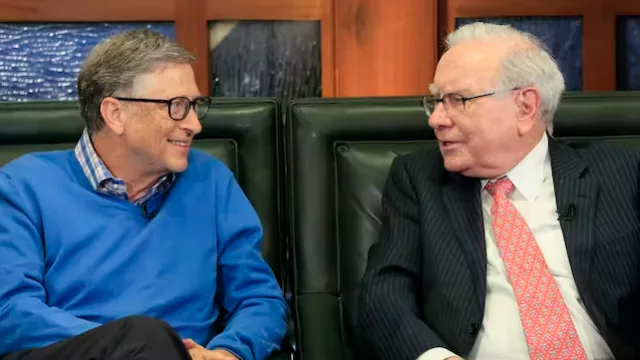
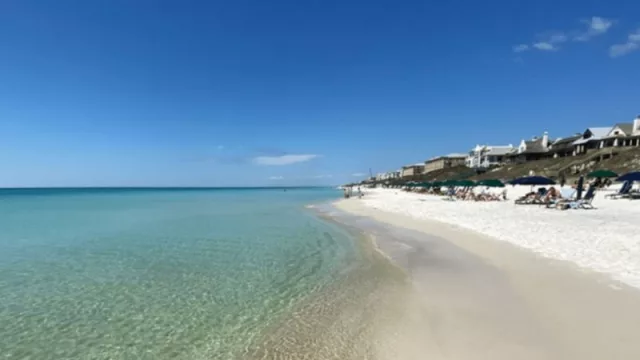




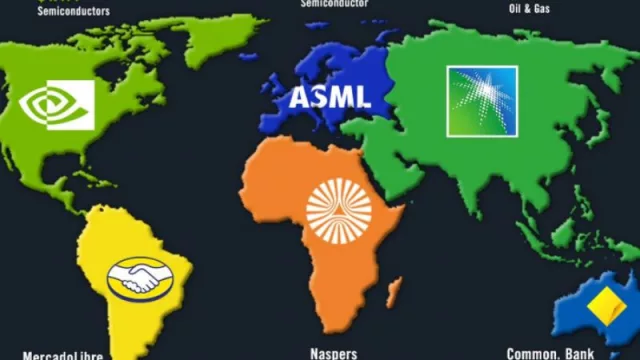
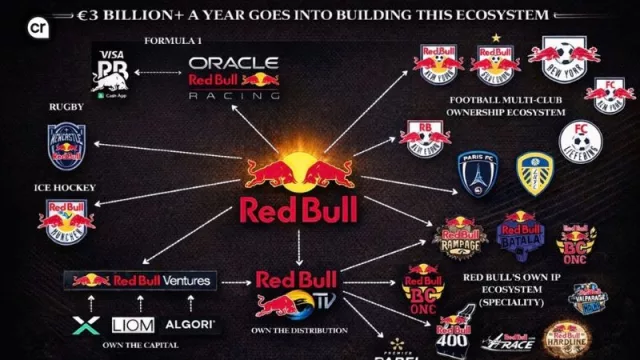
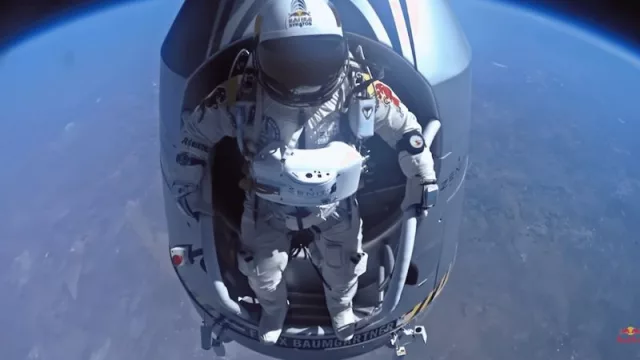
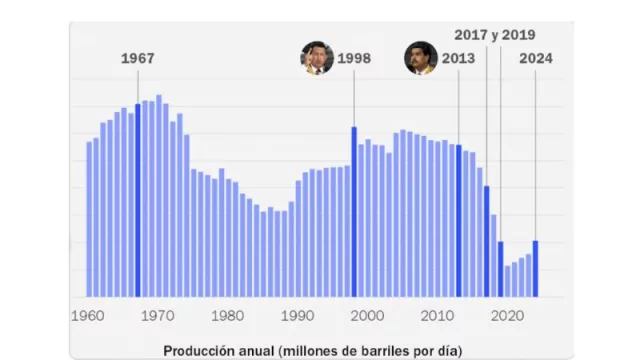


Tu opinión enriquece este artículo: